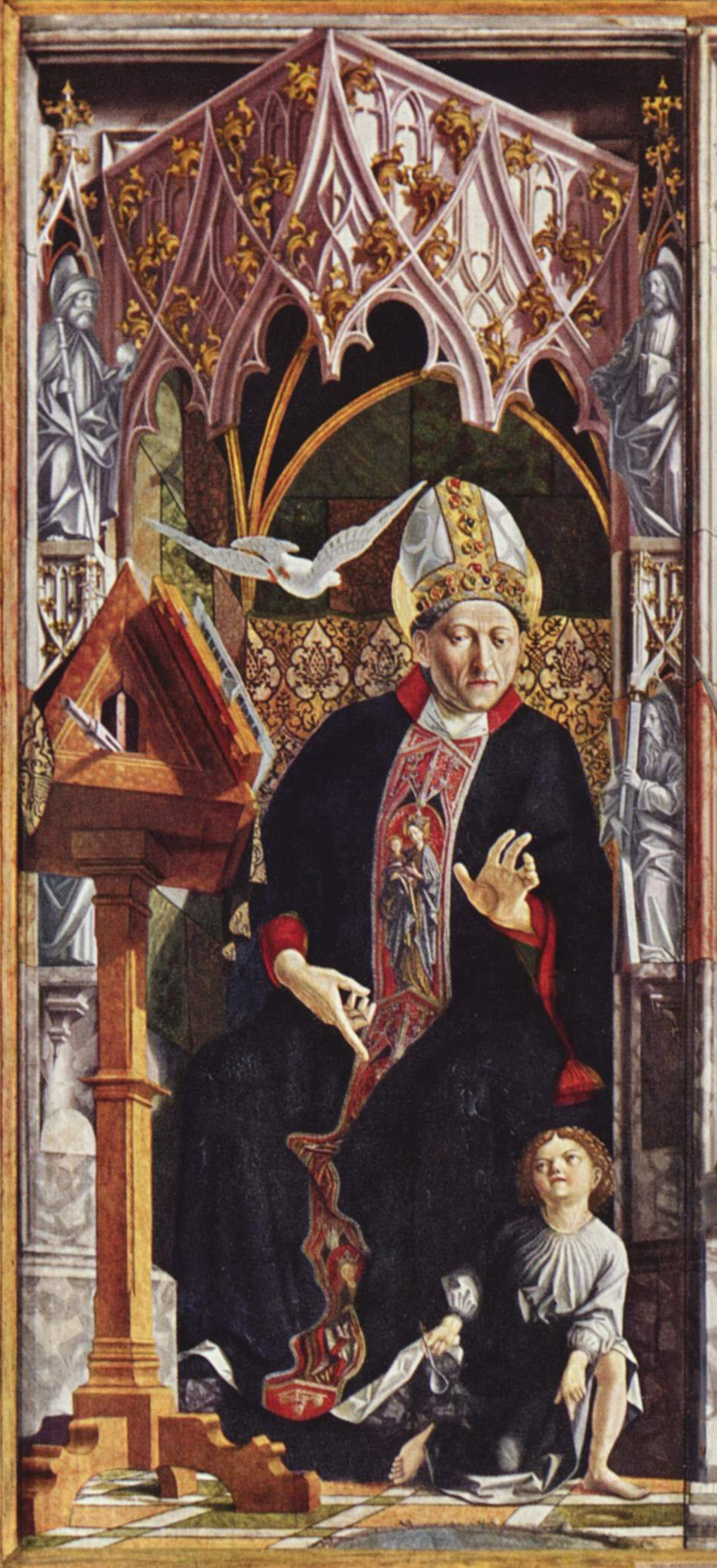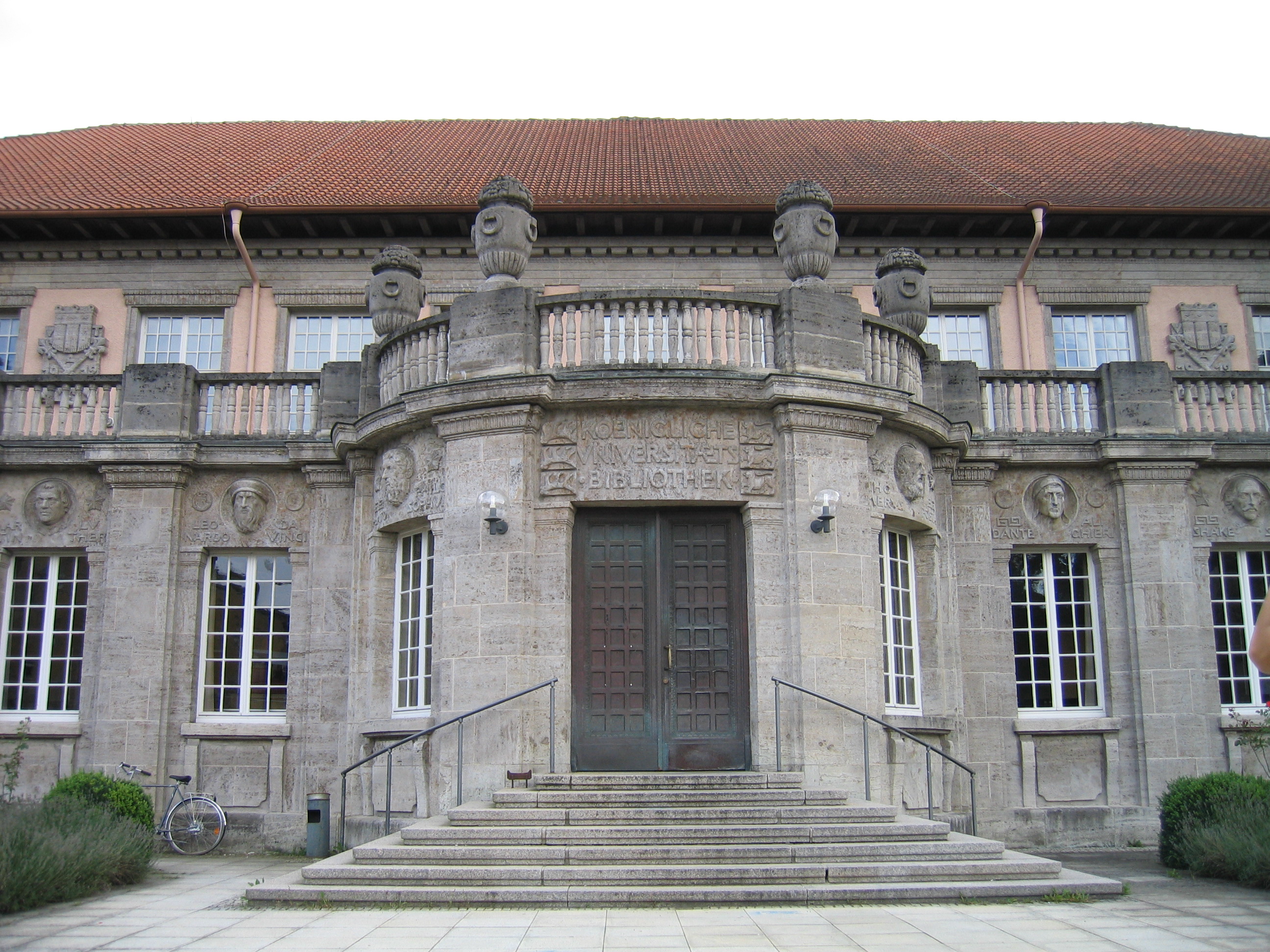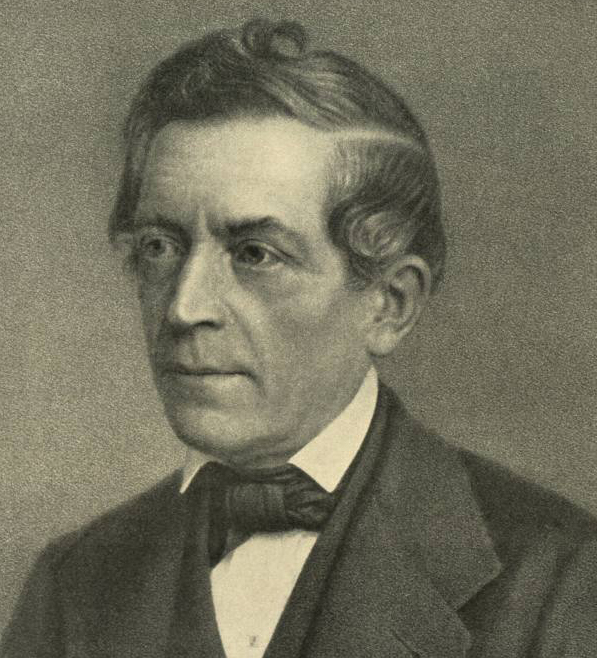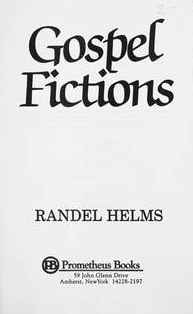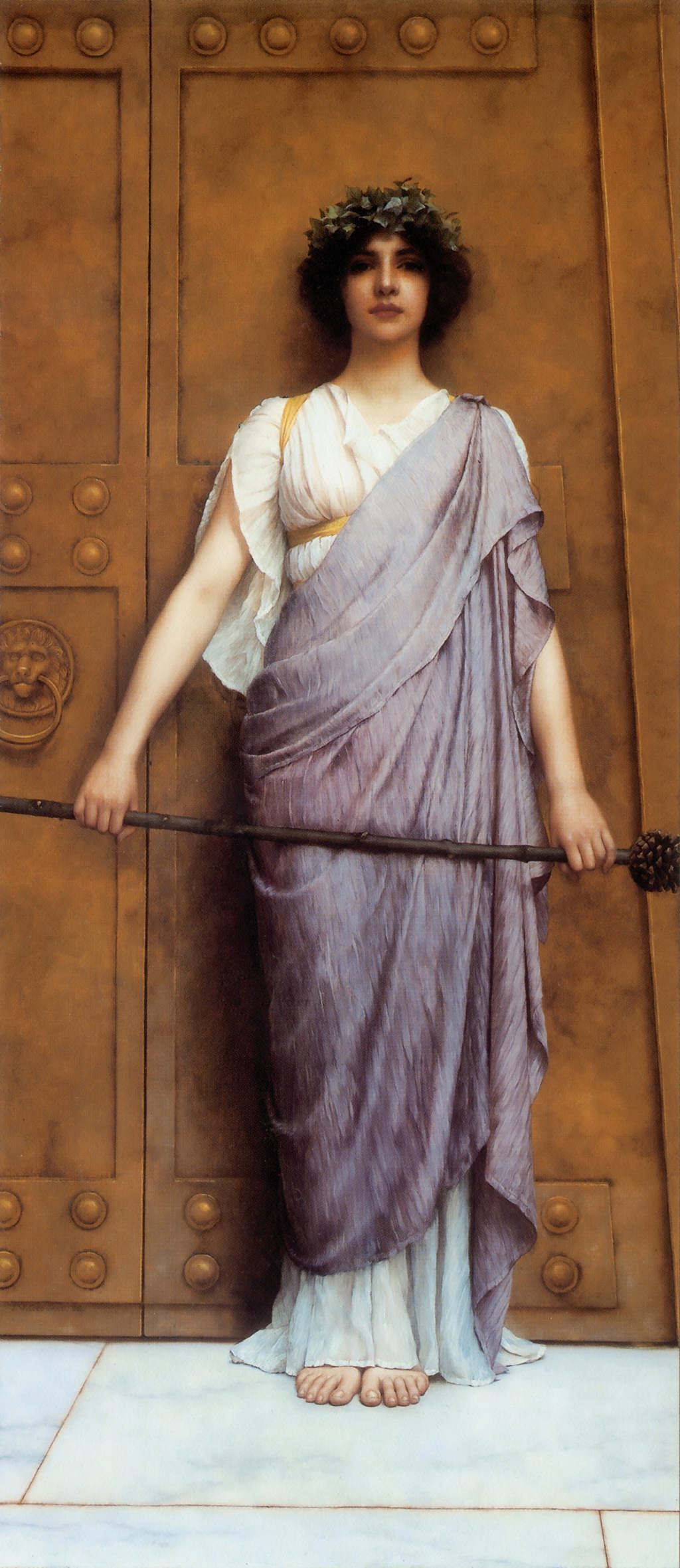A comment by Wallace on September 21, 2011:
As someone who considers Jewish influence an important problem, but not the only problem, and as someone who believes the matter should be dealt with in a reasonable and responsible way, the problem is that the clown movement (which has always overlapped with WN) is constantly sabotaging every attempt to discuss the issue in public with their theatrics.
Why do people steer clear of the Jewish Question? I’m talking about people who know that issue inside and out like virtually everyone involved with TOQ. I know all about the Jews. There are tons of people in the conservative movement who know all about the Jews.
It is because of the clown movement. Just look at the discussions we are having here at Majority Rights: Jews Did 9/11, Jews Did The Civil War, Jews Did Norway, etc. Look no further than the comment section at The Occidental Observer.
Now, even if you believe that Jews had foreknowledge of 9/11 (future historians will one day resolve that question), what about all this other nonsense that J Richards is stirring up here? It almost seems calculated to make discussion of the Jewish Question look kooky or insane.
Do you remember my blog Antisemitica?
Just to make a point, I could find something bad that Jews were up to on an everyday basis just by reading their own websites. What that segment of the Jewish community does on an everyday basis is damaging enough to them. It would be sufficient for Gentiles to draw attention to what they are doing on a daily basis and to start criticizing them for it in a reasonable manner.
Instead, we have the clown movement coming up with all these absurd conspiracy theories, and accusing people of being “controlled opposition” and “Jewish agents” and “secret Jews” and “Cass Sunstein operatives.”
Probably out of sheer annoyance more than anything else I stopped talking about the issue. I used to talk about it all the time (see my debates with Guy White), but I rarely discuss it anymore. Just because there is a perception out there that it is kooky to obsess over the issue.
My attitude toward the Jewish Question is probably representative of people who know all about the issue, but who have quit discussing it, or who avoid discussing the issue altogether. It is fundamentally an attitude which has been shaped by interaction with the clown movement which is a bigger obstacle to discussion of the Jewish Question than the Mainstream Media.
Don’t believe me?
Every other issue has gained mainstream traction… the racial double standard, criticism of multiculturalism, black-on-white crime, opposition to immigration, HBD discussion of differences in intelligence, attacks on free trade, attacks on globalization, assertion of a pro-White identity, etc.
“White Nationalism Lite” is penetrating the mainstream. It is becoming the common sense of the American Right. I’ve been watching the evolution of sites like Free Republic for 10 years now and can verify this. Jared Taylorism and Sam Francisism is triumphing now.
The Jewish Question though… that remains stuck in the mud. It is stuck in the mud primarily because of the presence of the clown movement who alienate and annoy people who agree it is a serious issue.
Kevin MacDonald is one of the few people who is capable of discussing the Jewish Question purely as an academic in a measured and responsible way. For every Kevin MacDonald, there are thousands of Der Linders and J Richards out there, whose rhetorical radicalism undermines and sabotages MacDonald on an everyday basis.
How many times have I heard it now: “You know, Kevin MacDonald has a point, but his followers are nuts, so lets not go there.”
The Jewish Question will go nowhere (unlike immigration, unlike black-on-white crime, unlike reassertion of White identity) until that perception begins to change.

